The difference in flavor and taste between decaffeinated and decaffeinated coffee do the advantages and disadvantages of Starbucks decaf American coffee affect sleep
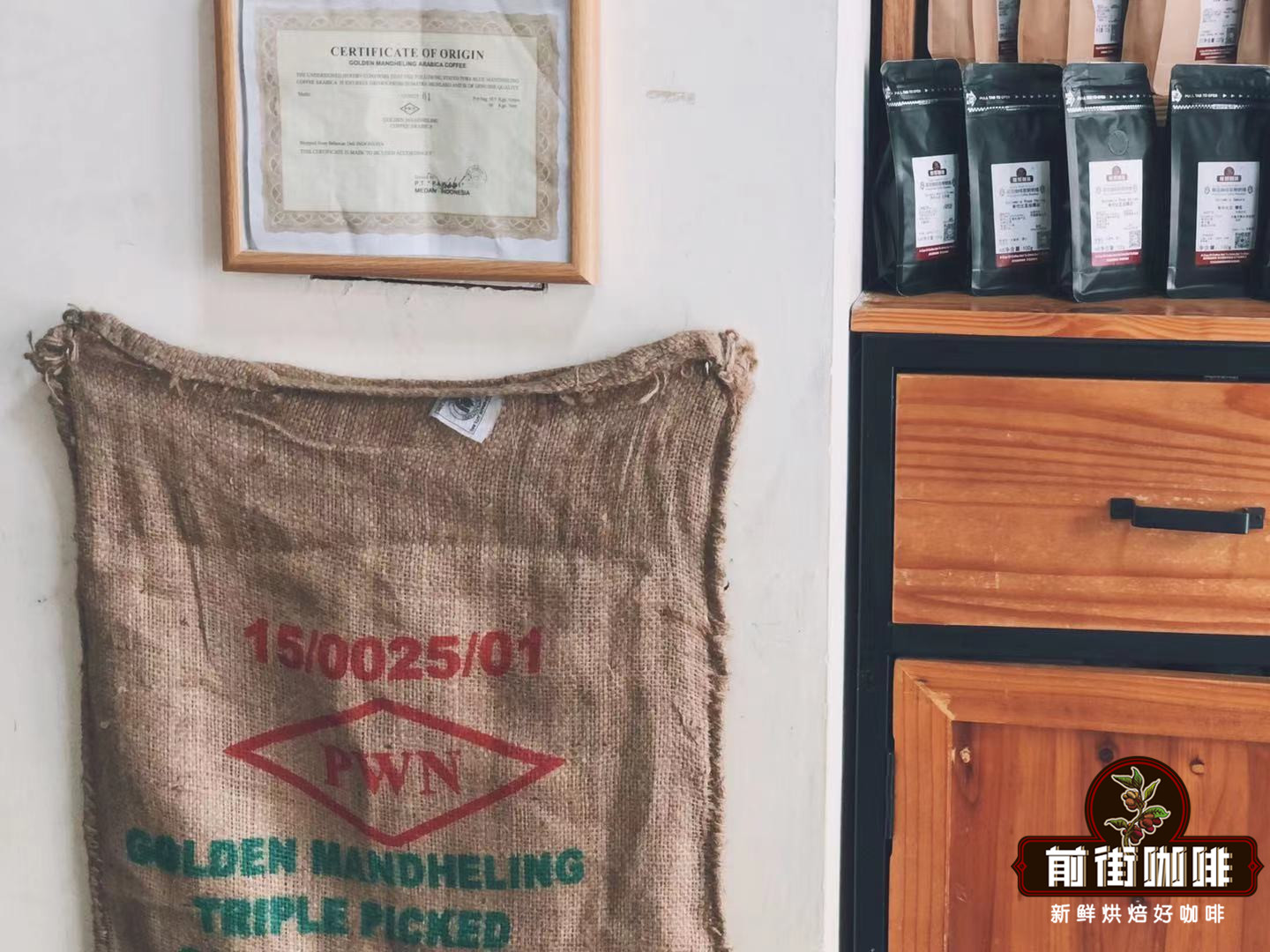
Professional coffee knowledge exchange more coffee bean information please follow the coffee workshop (Wechat official account cafe_style)
Coffee has gradually become the first choice for many people because of its refreshing effect. But because coffee contains a lot of caffeine, drinking too much can lead to insomnia, palpitations and other symptoms, is there any non-caffeinated coffee? In this article, Qianjie Coffee will share with you a kind of decaf coffee, which is very suitable for coffee lovers who are not suitable to drink a lot of coffee.
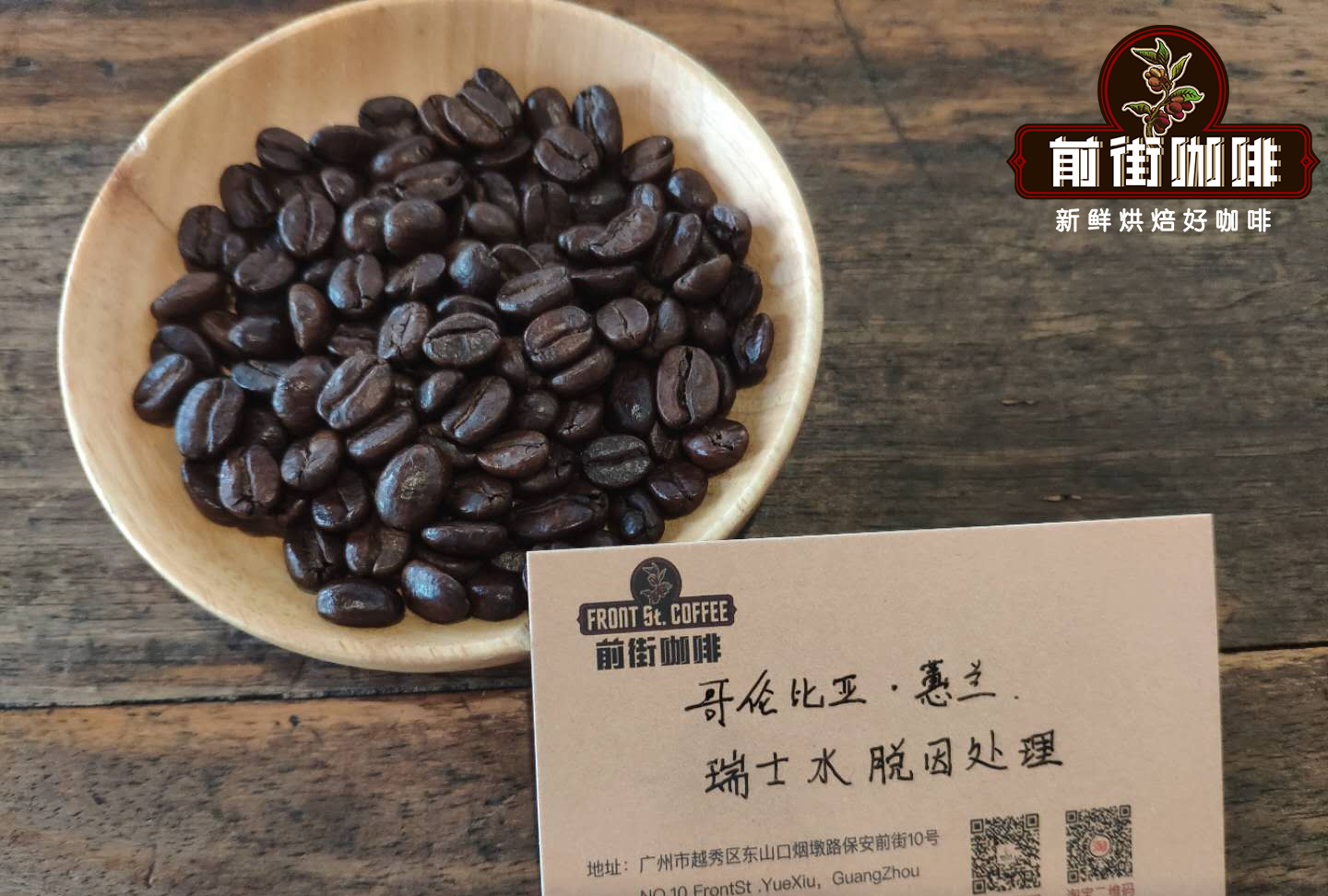
The origin of decaf
The first person in history to extract caffeine from coffee was Runge, but he did not conduct further research on it or put it into commercial use; and the first person to commercialize decaine was Ludwig Roselius, a German who invented the method in 1903 and patented it in 1906, but is now largely out of use because of the use of benzene as a solvent in the method.
What is decaf?
Decaf refers to coffee with only a small amount of caffeine, and a cup of decaf contains no more than 5mg (usually a cup of 236mI coffee contains 50mg to 200mg caffeine). Decaf does not mean there is no caffeine at all, and the standards for decaf vary from country to country. According to Qianjie Coffee, according to the FDA standard of the US Food and Drug Administration, the caffeine removal rate of decaffeinated coffee is not less than 97%, while the EU standard caffeine removal rate needs to reach 99.9%.
Because natural decaf is very rare, according to Qianjie, the current natural decaf is Coffea Laurina, which has half the caffeine of ordinary Arabica (0.6%). Unlike other artificially treated decaf coffees, pointed bourbon is genetically degraded, resulting in lower caffeine content and better flavor than the average Arabica coffee tree. However, the production of pointed bourbon is very rare, which can not meet the needs of people, so there are many chemical techniques on the market to treat coffee beans and turn normal coffee beans into decaf beans.
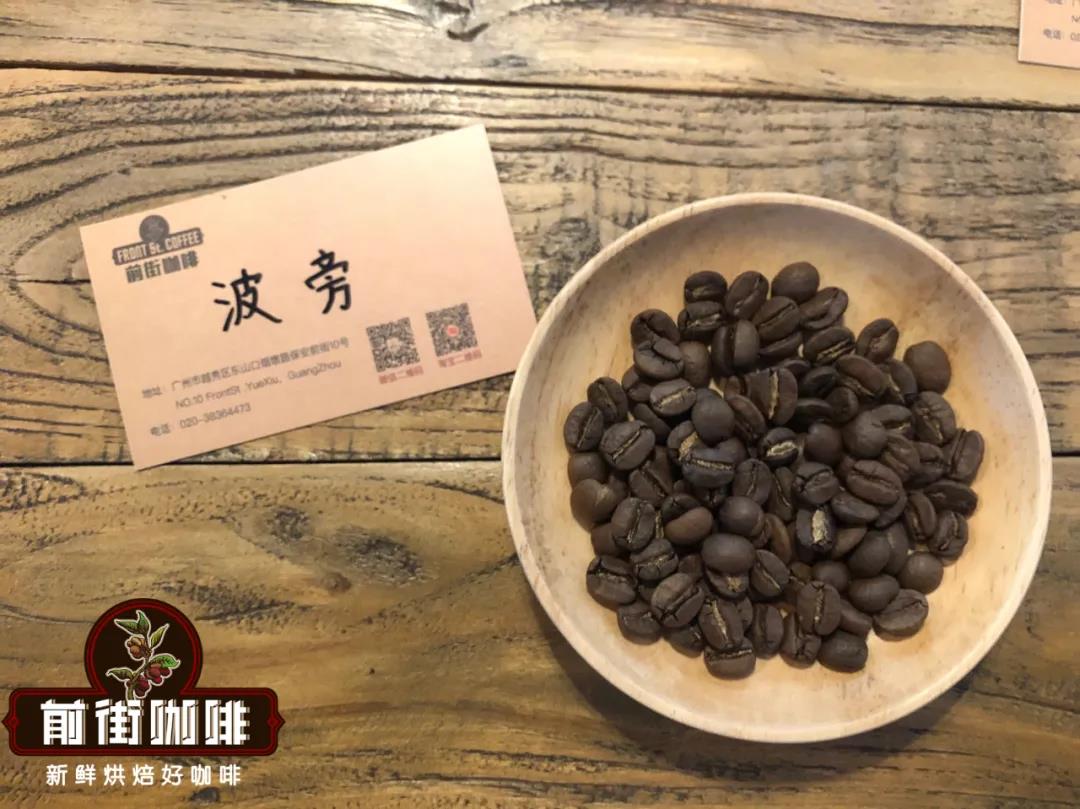
In recent years, the most commonly used method for extracting caffeine is the Swiss Water treatment (The Swiss Water-Only Process), which is commercially developed and efficient. Its processing steps are as follows:
Soak raw coffee beans in hot water, which is called "flavor filled water" (Flavor-charged Water) in Swiss water treatment. This water contains all the flavor factors that should be found in raw coffee beans, but lacks caffeine. This special water is the most important medium in the next decaffeinated process. The coffee beans are filtered out after the flavor is filled with water, and the flavor-filled water will filter out the caffeine with an activated carbon filter, and the rest is hot water full of pure flavor factors, and then re-soak the filtered coffee beans with hot water full of pure flavor factors. let the coffee beans reabsorb the coffee flavor.
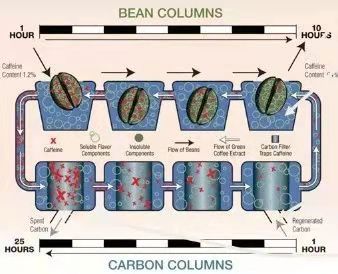
Perhaps one of the issues that people are most concerned about is the taste of decaf coffee. According to Qianjie Coffee, Starbucks also has decaf. Starbucks has two kinds of coffee beans, one is regular coffee beans, the other is decaf beans. When the clerk at the Starbucks front desk hears you say, "use decaf beans to make this cup of coffee", he will type an "X" in the "Decaf" column on the empty Starbucks cup. You might as well try it next time you go to Starbucks.
Advantages and disadvantages of caffeine
The emergence of decaf coffee has also become a fan of decaffeinated people. Decaf, on the other hand, usually contains antioxidants in similar amounts to regular coffee. Therefore, decaf coffee not only has antioxidant effect, but also does not affect sleep, which is not the role of ordinary coffee, decaf coffee has also become another choice for many people.
On the other hand, many people who have drunk decaf say that decaf is not good. Qianjie Coffee also sells decaf coffee. Qianjie Coffee thinks that decaf coffee is not good because many low-caine coffee beans choose cheap, commercial grade coffee beans in their raw materials.
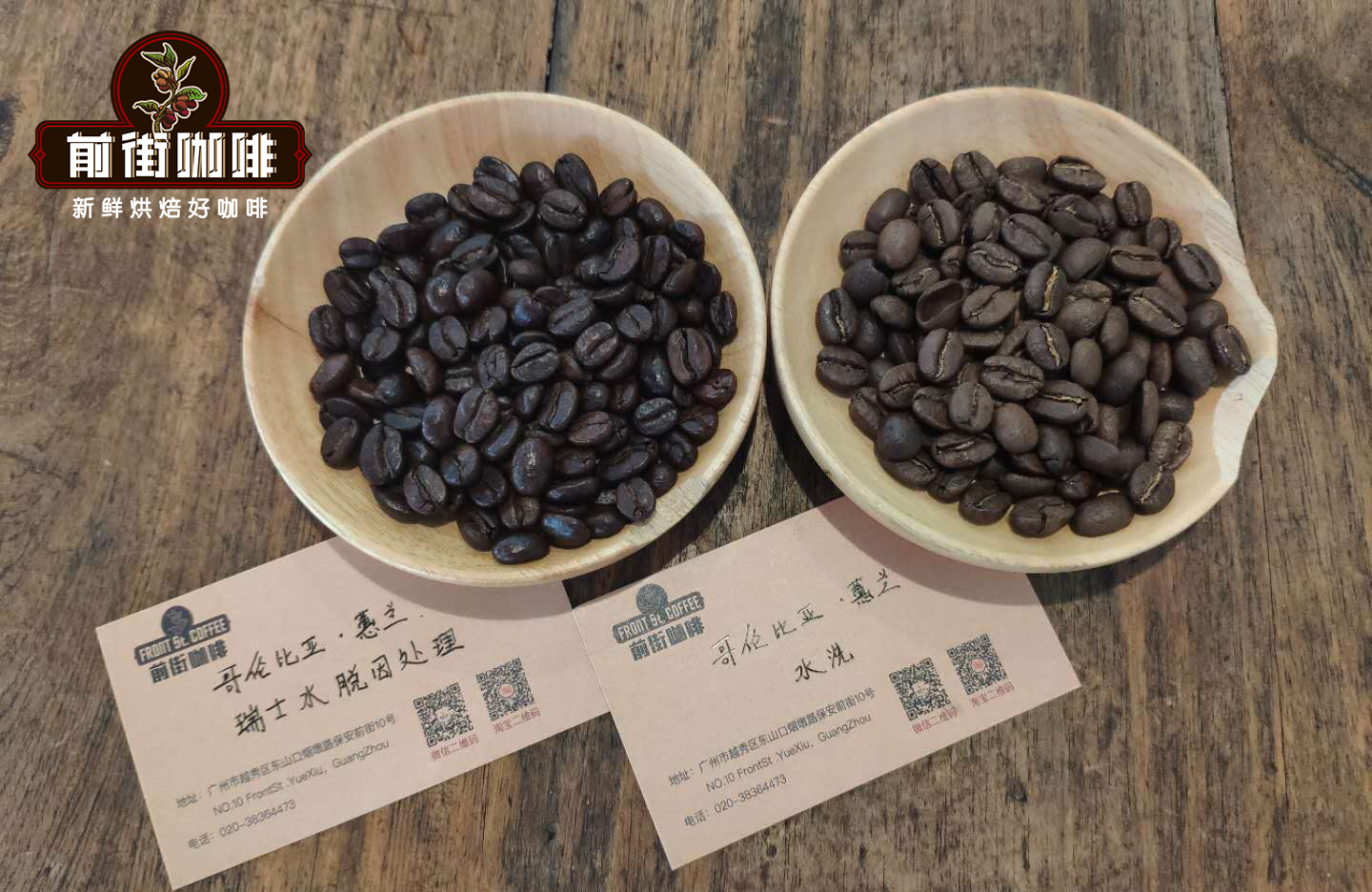
For example, many companies that produce low-caffeinated coffee naturally prefer some varieties of coffee beans with high caffeine content (such as robusta beans) when choosing raw materials. Coffee beans are not tasty before the decaffeinated beans are treated. Like other coffee beans sold in coffee shops, low-caffeinated coffee can perform very well even after decaffeination if it starts with high-quality Arabica beans from the beginning of raw beans.
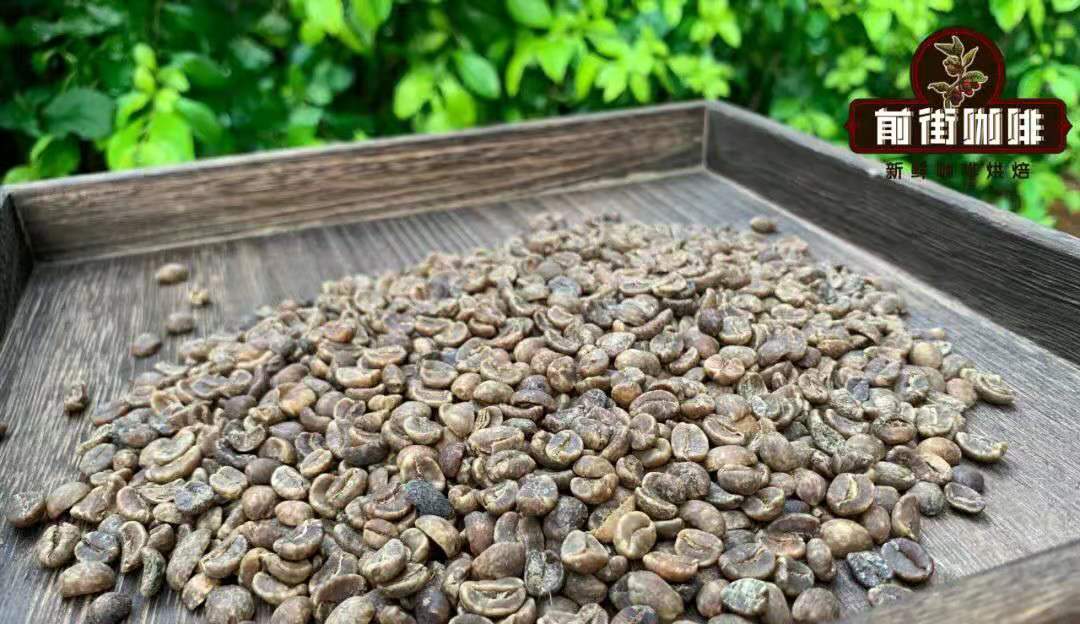
If you want to try the taste of decaf coffee, you can try Qianjie Coffee. Qianjie Coffee has a Colombian decaf coffee. Qianjie Coffee has been tested after adjusting the baking curve many times when it was put on the shelves. Qianjie baristas use 200ml standard cup measuring bowl, powder quantity 11.3 g, water temperature 94 degrees Celsius, first grind to smell dry incense. The dry aroma of this Colombian decaf beans gives off dark chocolate flavor, then fill the bowl with water to confirm the wet flavor. After 4 minutes, the residue was broken and the flavor was identified. The wet incense exudes the sweetness of caramel. Its overall flavor is: berries, citrus, cocoa, nuts. Here is how to brew this decaf:
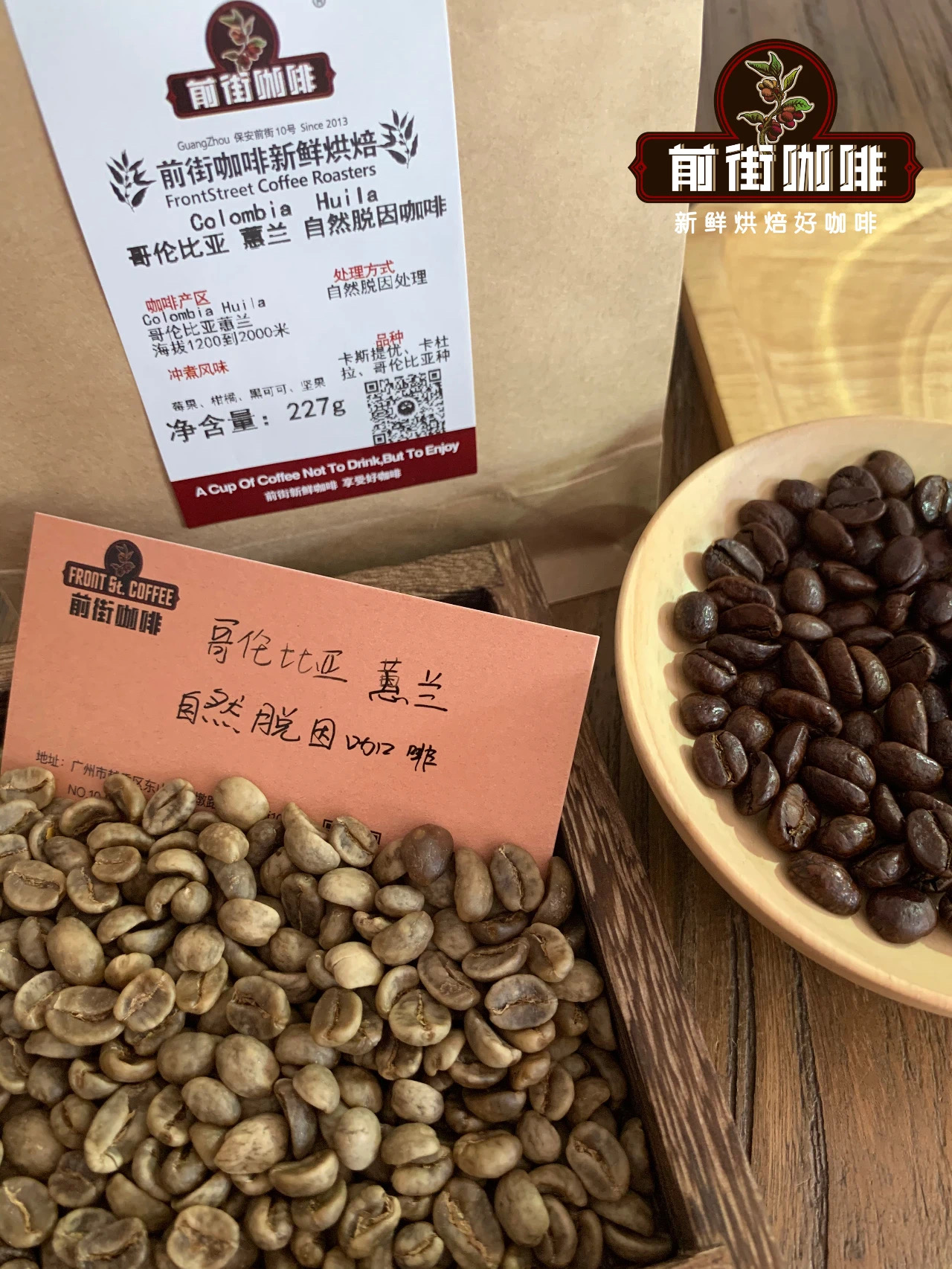
Powder content: 15g
Proportion: 1:15
Water temperature: 88 ℃
Degree of grinding: rough grinding (pass rate of No. 20 standard sieve 62%)
Filter cup: Kono filter cup
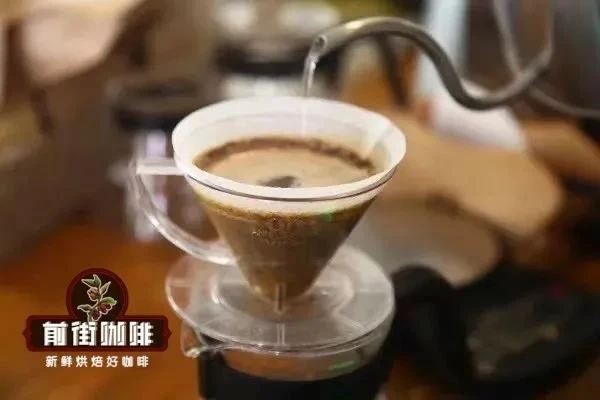
The brewing technique adopts the three-stage extraction method commonly used in Qianjie coffee:
1. Pour in the coffee powder and steam with 30ml for 30 seconds.
two。 Then carry out the second stage of water injection, gently circle and inject 150ml hot water to push up the powder layer so that the surface rushes out of the gold foam surface.
3. When the water level of the powder layer drops slightly, the last section of 45ml is injected. After all the coffee liquid flows into the pot, remove the filter cup and end the extraction. The extraction time is 2 minutes and 10 seconds.
For more boutique coffee beans, please add private Qianjie coffee on Wechat. WeChat account: kaixinguoguo0925
Important Notice :
前街咖啡 FrontStreet Coffee has moved to new addredd:
FrontStreet Coffee Address: 315,Donghua East Road,GuangZhou
Tel:020 38364473
- Prev
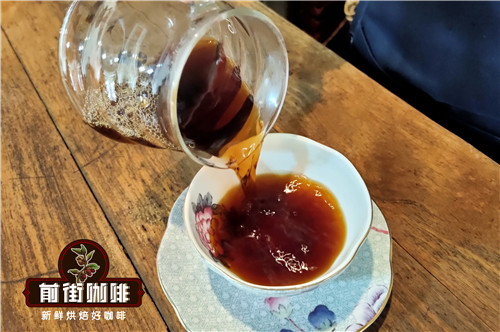
Colombia Cymbidium Decaf Coffee Bean Flavor Taste Characteristics Decaf Coffee and Regular Coffee Difference
Professional coffee knowledge exchange More coffee bean information Please pay attention to coffee workshop (Weixin Official Accounts cafe_style) The origin and development of decaf coffee: Why are all Swiss water treatment decaf coffee sold? The caffeine content of freshly brewed coffee is affected by different coffee bean varieties, sources, brewing technology and models, and the caffeine content varies greatly. Wei
- Next
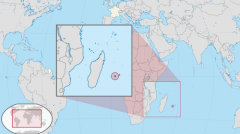
Advantages and disadvantages of low-caffeine beans story Starbucks low-caffeine coffee content low-caffeine coffee treatment method to remove caffeine
For more information on coffee beans, please follow the origin and development of low-caffeine and low-caffeine coffee in coffee workshop (Wechat official account cafe_style): why are all Swiss water-treated decaf coffees sold? At present, the common methods to remove caffeine are the use of organic solvents and the use of components.
Related
- Beginners will see the "Coffee pull flower" guide!
- What is the difference between ice blog purified milk and ordinary milk coffee?
- Why is the Philippines the largest producer of crops in Liberia?
- For coffee extraction, should the fine powder be retained?
- How does extracted espresso fill pressed powder? How much strength does it take to press the powder?
- How to make jasmine cold extract coffee? Is the jasmine + latte good?
- Will this little toy really make the coffee taste better? How does Lily Drip affect coffee extraction?
- Will the action of slapping the filter cup also affect coffee extraction?
- What's the difference between powder-to-water ratio and powder-to-liquid ratio?
- What is the Ethiopian local species? What does it have to do with Heirloom native species?

